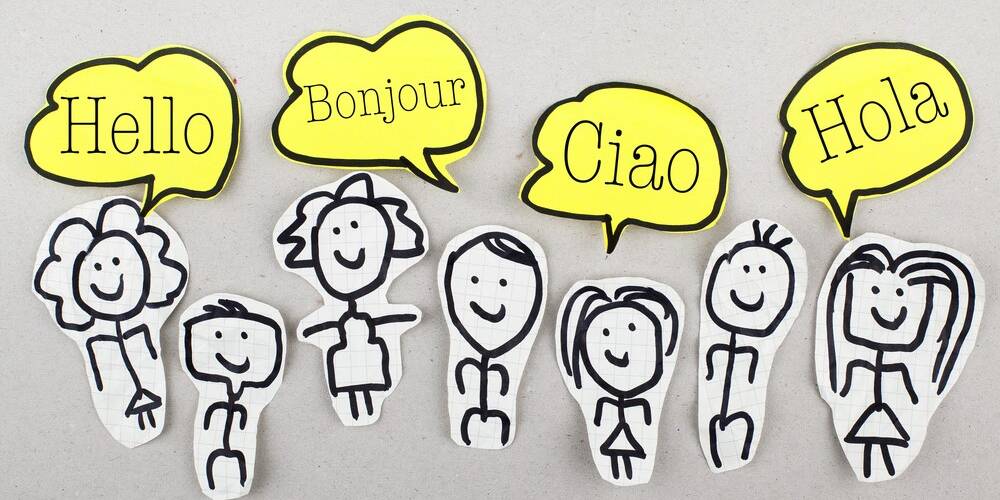Customer retention is a red-hot buzzword for many businesses right now. And it’s little surprise, given that retaining a customer is thought to cost five times less than acquiring a new one.
Loyalty programs are nothing new — think stamped cards in coffee shops or the rise of air miles in the 1990s — but they have grown in sophistication since then and now form a crucial part of just about every business’ offering.
But a loyalty program is nothing without input from the people it is aimed at: the consumers themselves.
So, what do they want? Let’s take a look.
How do loyalty programs work?
Whether offering benefits with your own company or through a partnership with another, loyalty programs at their core all work in more or less the same way — providing rewards to customers that return to your business time and time again.
The rewards can vary widely: free products, discounts, early access to new items. There’s no real right or wrong.
In order to join a loyalty program, customers will typically offer some information about themselves. This data can then be used to inform how the program works as well as provide other key learnings for your business in the future.
What do consumers want from a loyalty program?
Simply offering every fifth purchase for free might not be the most effective way to keep customers coming back in this age where there is an even more heightened sense of each customer always being right.
- Customer experience is key: A recent survey suggested that 90 per cent of customers would pay more for an identical product if one retailer offered better customer service.
- Evidence of digital awareness: Live chat support, investing in tech and social media presence all suggest you are a forward-thinking business — with products and services to match
- Bringing personality to e-commerce: The pandemic has, of course, pushed many businesses into a bigger focus on e-commerce. But this needn’t come at the cost of a human touch. Tailoring your online offering to make it more personable is a key indicator to your customers.
How have loyalty programs changed?
Amid marketing tactics, including social media brand advocacy, which can blur the lines between marketing and reviews, loyalty has become more difficult to define.
The rise of gamification might also result in devotees to a loyalty program that aren’t necessarily loyal customers in a typical sense — especially if the odd freebie is on offer!
Making emotional and values-based attachments with your customers is now just as important as providing them with excellent products and services.
Can you make an ethical change to your offering? Doing so might engender high levels of loyalty, especially among those notoriously tough-to-crack younger demographics.




